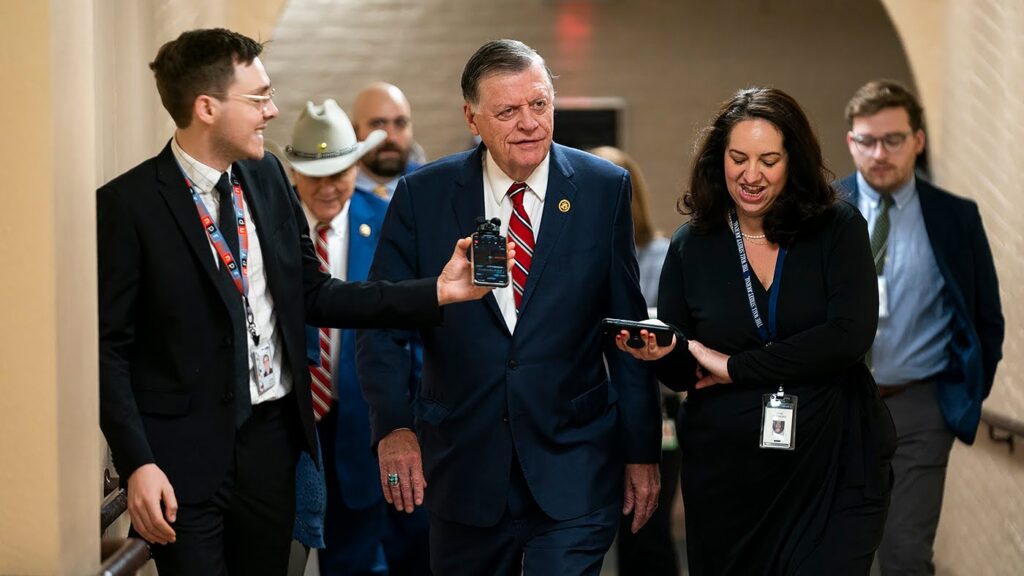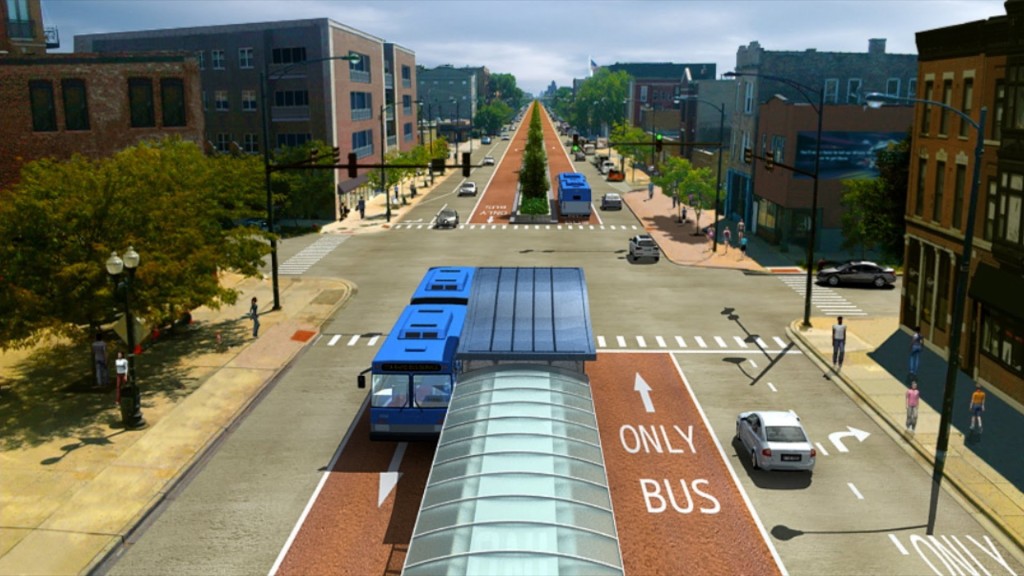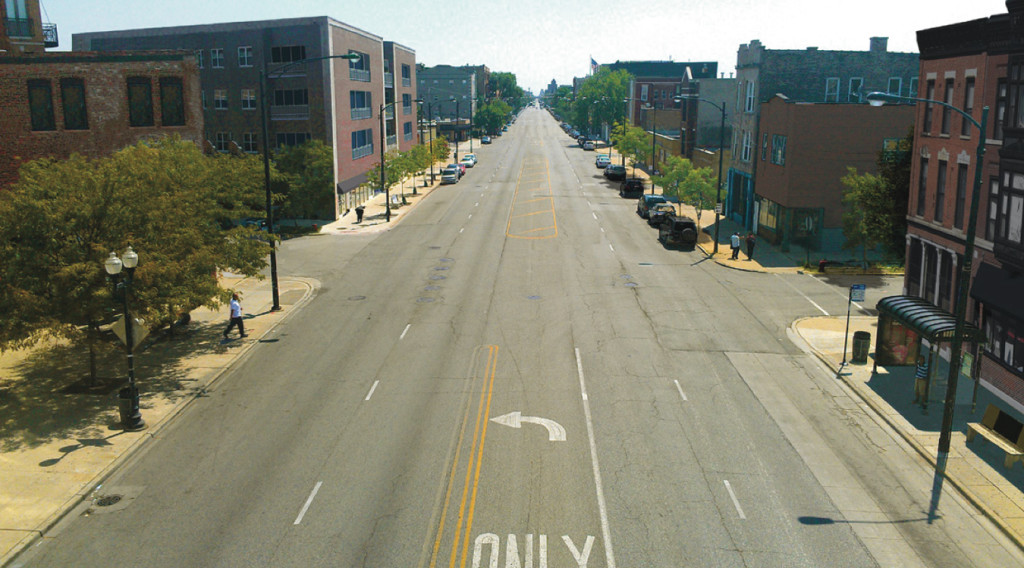
Locals encountering help or hindrance from states on their transportation plans

Several places have been in the news lately as they find their ambitious efforts to solve transportation challenges hinging on legislative action this lawmaking season. In some, state legislators are helping out with enabling legislation, but in others they are challenging the concept of local control and threatening needed investment.
The prime case of the latter has been in Nashville, where a handful of Tennessee legislators decided to interfere in a regional Nashville plan to build a first-of-its-kind bus rapid transit system through the region’s core.
An initial measure from a non-Nashville lawmaker would have required a vote of the General Assembly to approve the BRT line, despite the state DOT’s role in planning the line as a member of the Nashville Metropolitan Planning Organization’s board. An amendment to an unrelated bill said flatly: ”No rapid bus project in a metropolitan form of government, such as Nashville, could be built without the permission of the … General Assembly.”
Mayors of Tennessee’s four large cities immediately saw the threat that legislative micromanaging posed to their ability to meet their economic challenges and fired off a letter (pdf) that helped persuade legislators to try a different tack. The House version now simply affirms the status quo that the DOT must approve use of state right-of-way for a transit line and that only the legislature can appropriate state funds.
But new language was added in the Senate’s version that would prohibit any transit system from picking up or dropping off passengers in the middle of state roads as a “safety” measure — exactly what’s planned for The Amp line — regardless of what the Federal Transit Administration or engineers at TDOT have to say about the safety track record of center-running BRT. (Center running BRT is already in use or on the way in Cleveland, OH; Eugene, OR; San Bernardino, CA; Chicago, IL; and a handful of other cities.)


Current conditions on Ashland in Chicago, and rendering of the new planned center-running BRT for the corridor. Does one of these streets look safer for pedestrians than the other?
In Indiana, meanwhile, the legislature finally granted metro Indianapolis the right to vote on funding a much-expanded bus network, including bus rapid transit. What it won’t include is light rail, as dictated by the new law, which would allow six counties to hold referendums to let voters decide whether to build a transit system using mostly income-tax revenue, according to the Indianapolis Star.
Despite the mode-specific directive, it was a big victory for the business community, who pointed out that the state stands to benefit if growth engine Indianapolis continues to succeed economically. The region is a hotbed of healthcare jobs, and once again, providing a better bus system — something Mayor Greg Ballard and region’s other leaders are committed to doing — means that those employers get access to a bigger pool of workers, and workers of all incomes can reach a greater range of jobs.
Four years after their bus service was completely canceled, Clayton County just south of Atlanta proper is catching a helping hand from the Georgia general assembly. Lawmakers just passed a measure that would allow Clayton County voters to vote on approving a penny sales tax to restore local transit operations — something voters, local leaders and citizens alike strongly support.
When Clayton County lost that bus service, they lost something that employers — especially those at Atlanta Hartsfield-Jackson Airport — depended on to get employees to work every day. There are thousands of jobs at that enormous airport right at the edge of Clayton County, and a good transit connection was a boost for jobs and residents to benefit from that economic magnet.
Up in Minnesota, the state is moving a huge comprehensive funding package for transportation across the state — one of many states considering ways to raise their own new revenue for transportation. (See our tracker) A House committee voted 9-6 Friday to pass the comprehensive transportation funding bill (HF 2395). Similar legislation didn’t make it through the House committee in 2013.
Supporting and enabling these efforts is exactly what states should be doing as local cities and regions are trying desperately to make these sorts of investments a reality, usually with their own skin in the game; not obstructing them at every turn.
When a city or region wants to raise a tax via public ballot vote to improve their transportation network, shouldn’t the state leaders proudly support those efforts of a city bootstrapping their way up?
Editors note: We’re in the process of updating it with 2014 information, but you can find similar information to the Minnesota plan over on our State Funding Tracker, which focuses largely on state (i.e., not local) plans to fund transportation.



